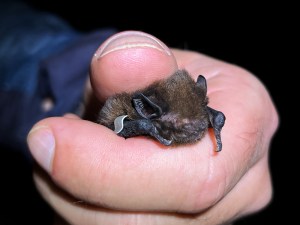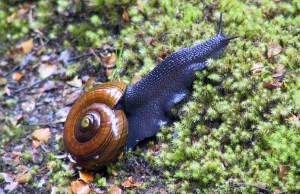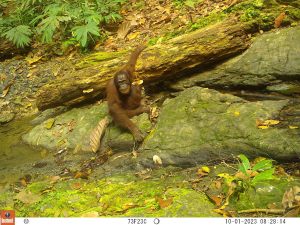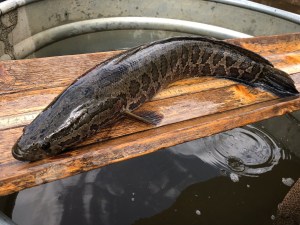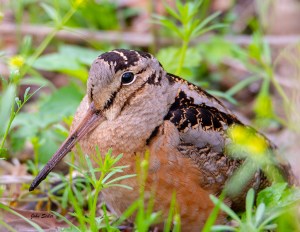Discover stories in Wildlife Science
A Kayak in Search of a Fish
In a historic Illinois wetland, a team tackles invasive carp using uncrewed small boats
Chasing Unicorns: A Photographer’s Journey Documenting Rhino Conservation
Photographer Ami Vitale travels to Kenya to cover the translocation of 21 endangered northern white rhinoceros to TNC partner Loisaba Conservancy.
Tracking the Tiny Bats of Aotearoa
Join scientists for a night of bat trapping in New Zealand, where predator control is helping to protect the country's only endemic land mammal.
These Carnivorous Snails Slurp Earthworms Like Spaghetti
Meet the powelliphanta snail, a weird and wonderful New Zealand endemic that slurps earthworms like pasta.
In Indonesian Borneo, A Hopeful Future for Orangutans
Well-managed forests and community involvement are changing the narrative for orangutan conservation.
Camera Trap Chronicles: Wildlife of Indonesian Borneo’s Forests
Camera trap footage from the Wehea Protection Forest in East Kalimantan reveals sun bears, great argus and more.
Camera Trap Chronicles: Orangutans of Indonesian Borneo
Orangutans spend most of their time in trees, but camera traps provide a glimpse of the apes on ground.
The Science of Snakehead Slime
How do invasive snakeheads move on land? The answer may lie with another of the snakehead’s infamous features: its slime.
How Will Climate Change Affect the Spread of Invasive Species?
Many non-native species will likely flourish under climate change, but there are still things we can do to stop their spread.
Animals That Turn White in Winter Face a Climate Challenge
Hares, ptarmigans and Arctic foxes all turn white in winter, but as our planet warms, that adaptation may also need to, well, adapt again.
Tracking Down the American Woodcock
A Q&A with scientist Colby Slezak on how following the migrating shorebirds revealed a rare nesting pattern.
Are There Mountain Lions in New Jersey?
Sightings of mountain lions abound in the eastern United States. What’s the real story?


